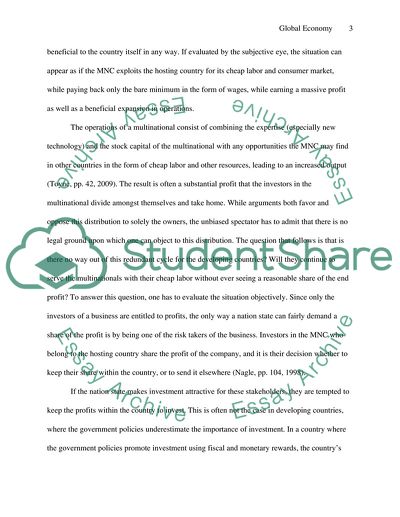Cite this document
(“The Opportunities for Multinational Companies to Shift Resources Term Paper - 2”, n.d.)
The Opportunities for Multinational Companies to Shift Resources Term Paper - 2. Retrieved from https://studentshare.org/macro-microeconomics/1747963-global-economy
The Opportunities for Multinational Companies to Shift Resources Term Paper - 2. Retrieved from https://studentshare.org/macro-microeconomics/1747963-global-economy
(The Opportunities for Multinational Companies to Shift Resources Term Paper - 2)
The Opportunities for Multinational Companies to Shift Resources Term Paper - 2. https://studentshare.org/macro-microeconomics/1747963-global-economy.
The Opportunities for Multinational Companies to Shift Resources Term Paper - 2. https://studentshare.org/macro-microeconomics/1747963-global-economy.
“The Opportunities for Multinational Companies to Shift Resources Term Paper - 2”, n.d. https://studentshare.org/macro-microeconomics/1747963-global-economy.


